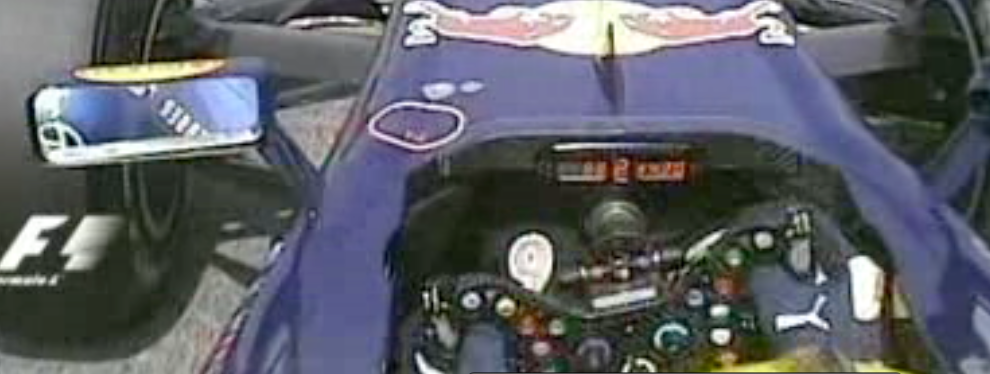marcush. wrote:I think this is correct but still my question remains:
slowing the front wheel down by making contact would in first instance push the car down not up ? with brakes applied of course the tyre would instantly climb the rearwheel...but what happens as long as the brakes are not applied?
There is no force to push the nose down, so no.
The reason a car dives under braking is because the contact patch is lower (ie, at ground level) than the CoG of the car, creating a torque that pushes the nose down, counteracted by the suspension system (ie springs).
In this case, the contact is on the front face of the tyre, the friction force on the other tyre is directed upwards, and is displaced by well over a metre from the CoG, creating quite a large torque pushing the nose upwards. This is regardless of any braking force as the trailing wheel has angular momentum and cannot simply stop instantaneously.
In terms of the impact force of one tyre bumping the other, as the contact is roughly in line with the CoG height (approximately) if not above it, this does not generate any substantial torque, therefore simply acts to slow the following car as any impact would.






